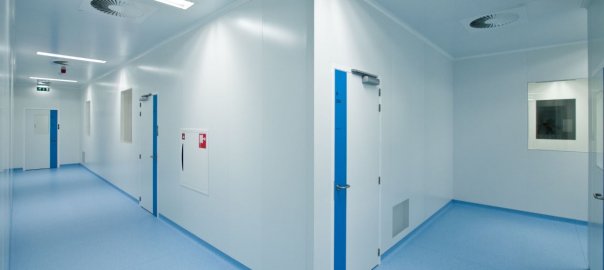Guide: How to Soundproof A Room with Blankets
There are many different reasons for soundproofing a room. The same applies to soundproofing an area within an industrial space such as a production line in a manufacturing facility. There are also many options to choose from to achieve your soundproofing goals including transparent noise barriers, noise blankets, vinyl noise barriers, and more.
As a result, there is no one-size-fits-all solution when you want to soundproof a location inside a building. There is, however, general advice you can follow to help you decide on the best approach and to ensure the most effective result.

Choose the Right Noise Barrier Product
Everything starts with the noise barrier product you choose. A high-quality option that is flexible and adaptable is always the best choice as you will get better and more long-lasting results.
Consider Your Requirements
The type of soundproofing solution that is best for your needs will depend on your specific requirements. For example, do you want to soundproof a room to keep internal noise from getting out or to prevent external noise from coming in? The source of the noise is important too.
For example, a solution for a building that is in use but where part of it is being renovated will have a different requirement to an industrial setting or production facility where the space is larger, and the required solution is more permanent.
Check if You Can Soundproof the Source of the Noise
Soundproofing the source of the noise might be a more viable, effective, and cost-effective option than soundproofing an entire room or area. At Duraflex, for example, we can customise our noise barriers to suit any equipment or machinery.
Soundproof Walls, Floors, and Ceilings
Soundproofing walls is usually the first step you have to take, but you may need to use a noise blanket or barrier to soundproof your ceiling and floor as well, particularly if the room you need to soundproof is in a multi-storey building.
A hospital is a good example. Part or all of a floor in a hospital building could be undergoing renovation work. Soundproofing the walls is important in these situations but you will enhance the soundproofing effect if you also soundproof the ceilings and/or floors.


Don’t Forget the Doors and Windows
A lot of excess noise gets into a room (or out of a room depending on your situation) through doors and windows. Therefore, you need to think about soundproofing windows and doors as well.
The same applies to open areas like hallways and corridors. You may need to hang a soundproofing barrier in these locations too.
Installation
Depending on the product you choose, the installation of noise blankets and barriers should be a straightforward process. Our noise barrier solutions, for example, come with both eyelets and Velcro fitting options, making them easy to install.
That said, the most important part of soundproofing a room is planning to ensure you get the best products and you fit them in the right places.


















